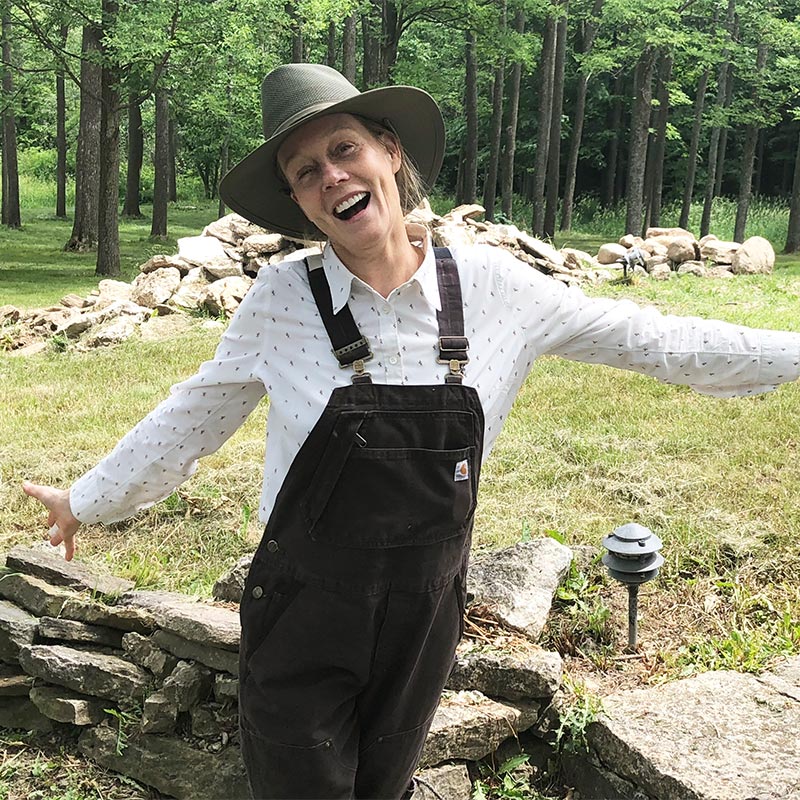Demonstrations could move novel forest operations and high-tech equipment into the mainstream

Born and raised in Calgary, Jill Kantelberg spent her summers camping and hiking with her family in BC’s interior where she marvelled at verdant forests of pine, spruce and aspen. This experience, and the times she has ridden horseback under the trees in Germany and France, informed the passion the interior designer has for the natural beauty of the forest, along with her powerful desire to support innovative harvesting practices.
Jill and her partner Michael McCain’s transformational gift of $250,000 to move Canada towards continuous cover forestry practices is making possible innovative research, teaching and partnerships led by UBC Forestry Prof. Suzanne Simard and Assoc. Prof. Dominik Roeser.
Continuous cover forest management systems retain tree densities and formations that best suit the local climate and ecosystem. Also known as selective or partial harvesting, the approach involves removing only a select number of trees, leaving many still in place. The practice originated in Europe in the late 1800s, and has been mainly used there up to now. This has opened the door for BC to become a leader in demonstrating the potential of continuous cover forestry.
Suzanne and Dominik’s multidisciplinary research will showcase this approach to forest management within UBC Forestry’s 5,157-hectare Malcolm Knapp Research Forest near Maple Ridge within the Lower Mainland’s temperate rainforest, along with the 10,000-hectare Alex Fraser Research Forest near Williams Lake in the interior dry-belt of BC.
Building on Suzanne’s Mother Tree Project, Suzanne and Dominik’s continuous cover forestry practices project will identify and fine-tune partial retention silviculture systems that best suit the parameters of local conditions, values and objectives. This will involve mapping and recording the carbon sequestration, biodiversity protection, forest regeneration and timber harvesting potential of the continuous cover method.
Suzanne and Dominik’s project is building consensus among different branches of forestry by combining learnings from research into the interconnectedness of trees with novel operational solutions. The end goal will be to demonstrate how this collaboration can yield positive results that can be carried forward to future projects, partners and teams.
The Mother Tree Project found that current harvesting techniques can result in the loss of 60% of forest floor carbon sequestration, along with mosses and lichens that are important stores of water and nutrients within forests.
Suzanne and Dominik’s continuous cover project will test how smaller equipment designed for the selective harvesting of trees can minimize impacts to the forest floor and biodiversity during harvesting.
“Continuous cover gives us another forest management tool,” says Dominik. “The research that we are conducting thanks to Jill and Michael’s support can set the scene, and help us understand the bottlenecks and potentialities when it comes to achieving our objectives with continuous cover forestry practices and technology in the province.”